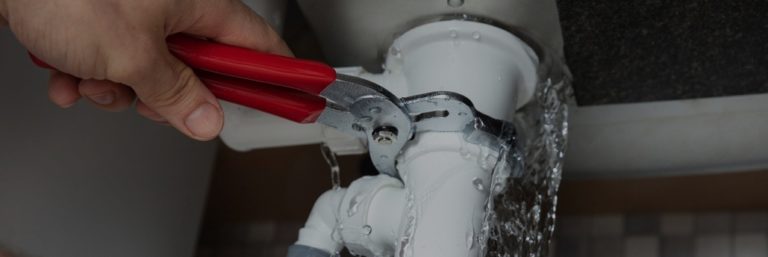Just about everyone has his or her own opinion on the subject of Locating water leaks.

Early detection of leaking water lines can mitigate a possible catastrophe. Besides saving you cash, it will certainly reduce the aggravation as well as disappointment. The moment you discover a leak, calling your plumber for fixings is the very best remedy. Nevertheless, some little water leaks might not be visible. If you can not identify it with your nude eyes, right here are some hacks that help.
1. Check Out the Water Meter
Every home has a water meter. Checking it is a guaranteed way that assists you discover leakages. For beginners, shut off all the water resources. Guarantee no one will certainly flush, use the tap, shower, run the washing equipment or dish washer. From there, go to the meter as well as watch if it will transform. Considering that no person is using it, there need to be no movements. That suggests a fast-moving leak if it moves. Furthermore, if you find no changes, wait a hr or two and inspect back once more. This suggests you might have a slow-moving leakage that might even be underground.
2. Examine Water Usage
Assess your water costs as well as track your water consumption. As the one paying it, you need to discover if there are any kind of inconsistencies. If you spot sudden changes, regardless of your consumption coinciding, it means that you have leakages in your plumbing system. Remember, your water expense need to fall under the exact same array each month. An unexpected spike in your costs suggests a fast-moving leak.
A consistent boost every month, even with the same habits, reveals you have a sluggish leak that's also gradually intensifying. Call a plumber to completely check your home, particularly if you really feel a cozy location on your floor with piping beneath.
3. Do a Food Coloring Test
30% comes from toilets when it comes to water consumption. Examination to see if they are running effectively. Decline flecks of food color in the tank and also wait 10 mins. There's a leakage between the container as well as bowl if the shade somehow infiltrates your dish during that time without flushing.
4. Asses Outside Lines
Do not fail to remember to inspect your outside water lines too. Should water permeate out of the link, you have a loose rubber gasket. One tiny leakage can throw away bunches of water and also surge your water bill.
5. Evaluate as well as Evaluate the Situation
Property owners ought to make it a routine to examine under the sink counters and also inside cabinets for any kind of bad odor or mold and mildew growth. These 2 red flags show a leak so timely focus is needed. Doing regular evaluations, also bi-annually, can save you from a major trouble.
Examine for stainings and damaging as many pipes as well as appliances have a life expectancy. If you suspect leaking water lines in your plumbing system, do not wait for it to escalate.
Early detection of dripping water lines can alleviate a potential catastrophe. Some tiny water leaks might not be visible. Examining it is a proven method that helps you find leaks. One little leak can waste bunches of water as well as spike your water expense.
If you suspect leaking water lines in your plumbing system, do not wait for it to intensify.
WARNING SIGNS OF WATER LEAKAGE BEHIND THE WALL
PERSISTENT MUSTY ODORS
As water slowly drips from a leaky pipe inside the wall, flooring and sheetrock stay damp and develop an odor similar to wet cardboard. It generates a musty smell that can help you find hidden leaks.
MOLD IN UNUSUAL AREAS
Mold usually grows in wet areas like kitchens, baths and laundry rooms. If you spot the stuff on walls or baseboards in other rooms of the house, it’s a good indicator of undetected water leaks.
STAINS THAT GROW
When mold thrives around a leaky pipe, it sometimes takes hold on the inside surface of the affected wall. A growing stain on otherwise clean sheetrock is often your sign of a hidden plumbing problem.
PEELING OR BUBBLING WALLPAPER / PAINT
This clue is easy to miss in rooms that don’t get much use. When you see wallpaper separating along seams or paint bubbling or flaking off the wall, blame sheetrock that stays wet because of an undetected leak.
BUCKLED CEILINGS AND STAINED FLOORS
If ceilings or floors in bathrooms, kitchens or laundry areas develop structural problems, don’t rule out constant damp inside the walls. Wet sheetrock can affect adjacent framing, flooring and ceilings.
https://www.servicemasterbyzaba.com/blog/how-to-detect-water-leakage-in-walls/
.jpg)
I'm certainly very interested in Top leak detection hacks and I really hope you appreciated the new page. Enjoyed our write up? Please share it. Let others discover it. I take joy in reading our article about Leaking water lines.
Maintenance Sign-Up